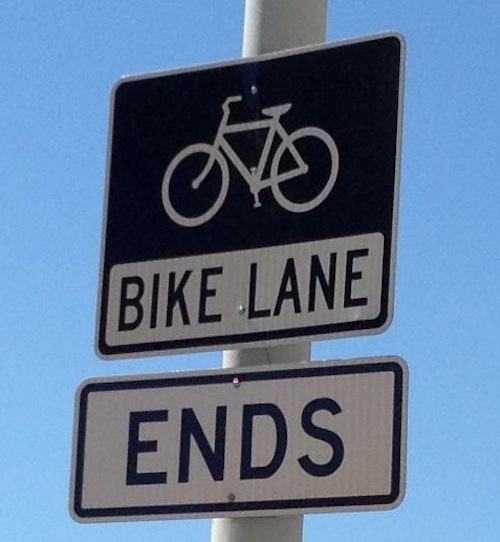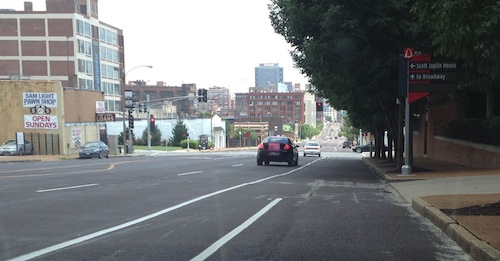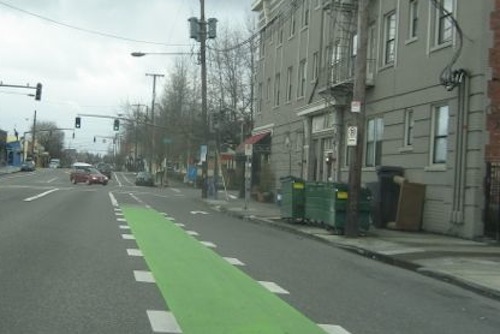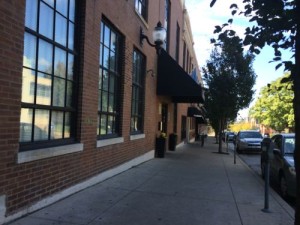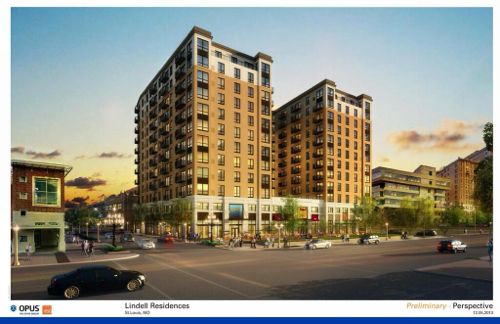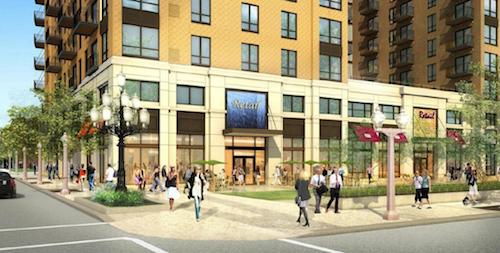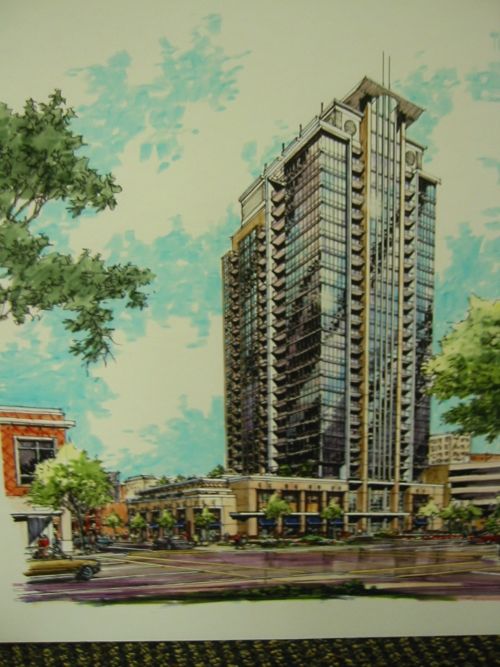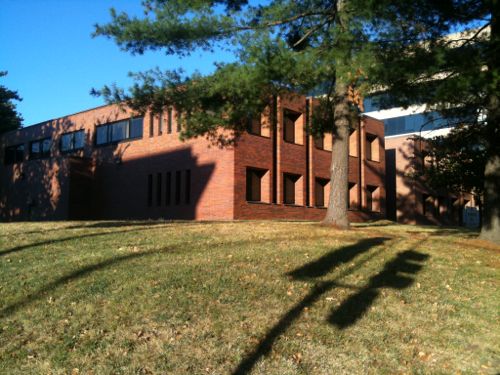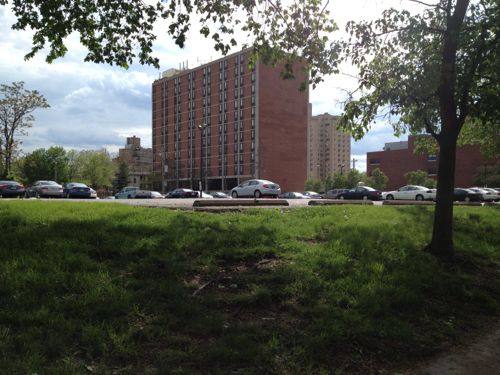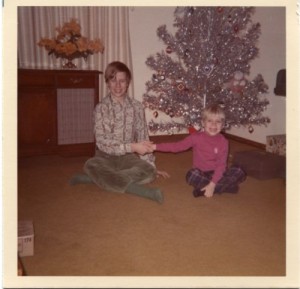Occasional Home Delivery Allows Me To Shop as a Pedestrian, Transit User Most of the Time
A reader brought up a topic I’ve been wanting to write about for a while now. Moe asked how I’d get a Christmas tree home since I don’t have a car, here’s the thread:
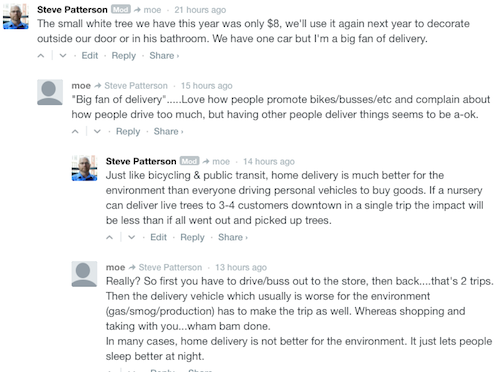
Moe expressed a common, but fundamentally flawed view: that everyone driving a car is more efficient than using delivery services. Researchers have been looking into this topic for a while and the results are interesting and surprising. From 2009:
Books are by far the most popular items purchased through the Internet. In just the past two years, the number of consumers buying books online rose by nearly 10 percent. Most patronize book “e-tailers” because of lower prices, but done right, online bookselling also has a smaller carbon footprint.
Like any good novel, the story of how a bookworm gets her book has a beginning, a middle and an end. A book destined for a brick-and-mortar store is printed, packed in bulk, transported by heavy-duty truck to a publisher’s warehouse, transferred to an intermediate warehouse or two, and delivered to the bookstore. Customers might then drive 15 or more miles round trip to purchase the exciting new title. A book sold online has a slightly different plot line: after arrival at the publisher’s warehouse, air or freight travel to a sorting center and individual repackaging, its dramatic finale is home delivery by light-duty truck.
Transportation is the biggest contributor to carbon emissions in both retail and e-tail product pathways. When purchasing a book from a bookstore, each household drives separately, but delivery trucks take purchases to many customers on a single route. There’s also a decent chance that the delivery truck is more fuel-efficient than your family sedan. UPS, for example, has invested millions of dollars in alternative fuel technologies, and as of 2008, its fleet included more than 10,000 low-emission, hydraulic, hydrogen fuel cell and electric vehicles.
When it comes to packaging, however, brick-and-mortar bookshops generally claim the environmental edge. Shrink-wrapping, padding and boxing each individual novella, as e-tailers do, is hardly going to maximize materials efficiency and minimize waste. (Walking to a used bookstore, or downloading an ebook, will do exactly that—but we haven’t been asked about those options yet!)
Both online and brick-and-mortar booksellers operate climate-controlled storage warehouses, but retailers usually own or lease additional storage and distribution facilities. Likewise, the energy consumed to browse and purchase books online is much less than that needed to build, light, heat, and cool physical bookstores. By streamlining the purchase and delivery process, e-tailers minimize the need for buildings and their associated energy usage. (Sanford Magazine)
Online retailer Amazon has been working to reduce packaging:
Launched in 2008 with 19 products, participation in the initiative has grown from 4 to over 2,000 manufacturers, including Fisher-Price, Mattel, Unilever, Seventh Generation, Belkin, Victorinox Swiss Army, Logitech and many more. To date, Amazon has shipped over 75 million Frustration-Free items to 175 countries.
Frustration-Free Packaging also reduces waste for customers. So far, the initiative has:
- Eliminated 58.9 million square feet of cardboard
- Removed 24.7 million pounds of packaging
- Reduced box sizes by 14.5 million cubic feet
Amazon customers have helped guide the program with their ratings and feedback on product packaging. (Sustainable Brands)
Disclosure: I’m an Amazon (AMZN) shareholder.
Grocery delivery is another that is growing in popularity and researchers looked at this in a recent case study in the Seattle area:
Home food delivery trucks, they found, produce 20 to 75 percent less carbon dioxide than having the same households drive to the store. The variation is based on how close people live to the store, the number of people in the neighborhood getting food delivered and the efficiency of the truck’s route. (NPR: Grocery Home Delivery May Be Greener Than Schlepping To The Store)
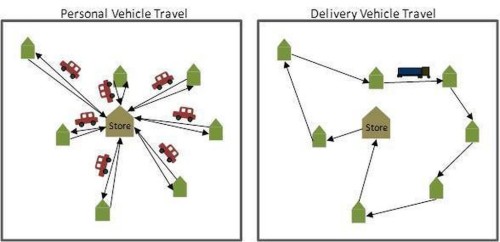
What’s surprising is how home delivery results in bigger reductions in rural/suburban areas vs urban areas due to distances traveled. If you take the time to think about it, it does make sense. Those who live in rural & suburban areas drive many more miles than those who live in more compact urban centers.
So yes, I do have items delivered at times. With roughly 80 units in our condo association, UPS & FedEx are here almost daily anyway. By shopping locally using my electric wheelchair, taking MetroBus &/or MetroLink to stores, I’ve reduced my carbon footprint substantially over driving a car for those trips. Having items delivered, especially the occasional large bully item, allows me to do most of my shopping as a pedestrian and transit user.
As an informed consumer, I do sleep better at night.
— Steve Patterson
